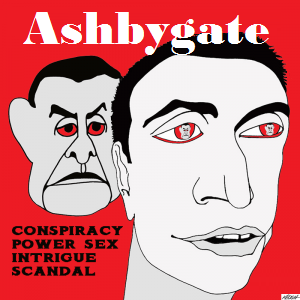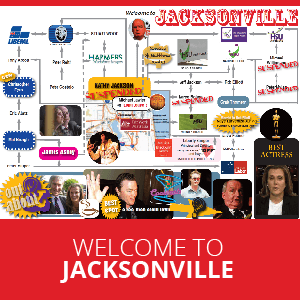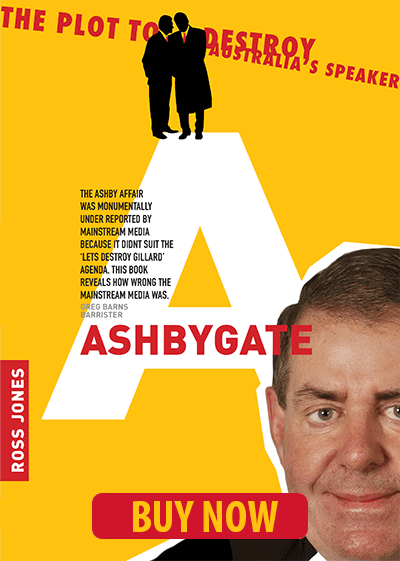by Ross Garrad
Deliberative democracy is a term not widely known, but is something seen as desirable by Greg Barns in his book 'An Australian Republic' (2006). Barns argues convincingly that deliberative democracy could be a way to deal with some of the difficult problems threatening republican unity and help develop a successful transition to an Australian Head of State.
BARNS SAYS deliberative democracy offers a “middle path” between the two more familiar methods of decision-making – representative democracy and direct democracy.
Representative democracy is the most familiar form; we elect representatives who make decisions on our behalf. In theory they owe their first loyalty to us, but in practice, the interests of powerful pressure groups and the imperative of retaining government often have a larger influence.
Direct democracy is familiar in small organizations, where a general meeting of members will make the important decisions and set priorities. At the national level, we see it when the people as a whole vote in referendums – though it’s not as “direct” as it could be, when we only get to vote on proposals the government wants to put to us.
Deliberative democracy has become identified with the techniques of citizen juries and deliberative polling. A randomly-selected, representative group of people are asked to make informed decisions, or provide informed advice to elected decision-makers. The term informed is crucial to the concept. Participants are given the time and information they need, and are empowered to find out the facts and the options, and discuss the issues among themselves and with outside experts, before either arriving at a consensus or voting on the question to be decided.
Any change to a republic will still require a referendum of all voters. However, the use of deliberative democracy techniques in the formative stages could help to avoid conflict and accusations of elitism, by allowing the authentic, informed voice of the people to help shape the referendum question.
Apart from the republican process advanced in Greg’s book, a republican model using deliberative democracy has been proposed, as a way of solving one of the central problems affecting proposals for direct election of our Head of State: where does the list of names on the ballot paper come from? More information on the “Citizen Jury Model” is available at www.ausconstitution.info/CJModel
(Ross Garrad is a legal scholar and treasurer of the Queensland branch of the Australian Republican Movement. This article was first published in Armlet, in a slightly different form, in 2006.)









